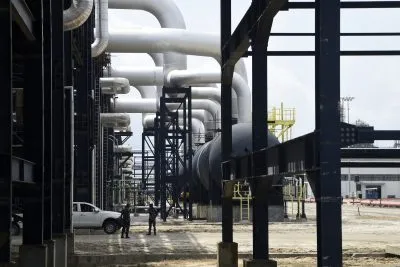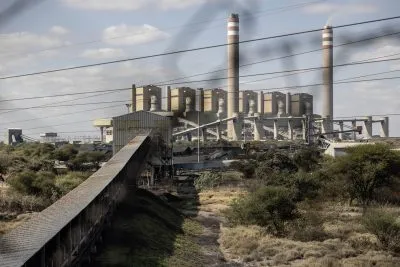China imports around 40% of the global output of copper so any hint of a slowdown in the Chinese economy sends shivers of apprehension among producers and the countries that depend on copper exports. At this stage, says MJ Morgan, the signs are not very encouraging.
October saw the publication of the worst Chinese manufacturing data since 2008, when there was a credit stimulus in place. Quarter three, year on year, saw growth at 7.3%, its lowest level in five years. Goldman Sachs forecasts growth to remain at 7.3% for the final quarter of the year.
If Chinese growth falls below 7%, the rot may well set in for its primary commodity imports; oil, iron ore and copper.
If the US does indeed stop its quantitative easing programme, a strengthening dollar will add to copper’s woes. Copper is at a six-month low and supplies look set to grow. With Chinese property, steel and coal all underperforming stronger sectors such as fixed-asset investment, the outlook is poor.
The quantity of copper that is being used as collateral for loans is opaque. It also seems that some of the same copper is being used as collateral for more than one loan, further muddying the waters.
The reduction in the use of copper as collateral for loans and an increase in supply, especially from Chile, means fewer imports into China and lower global prices – at least until the new year, by when stockpiles may have fallen.
The construction and auto industries are the key markets for copper but property prices in China are flat and car ownership is also falling. However, housing projects are being finished so there is still some demand for inputs such as copper.
That said, the price of oil has been coming down and this factor may begin to boost global demand, ultimately benefiting copper prices further down the road.
It’s been a mediocre year for copper prices. The year opened with prices above $7,400 per tonne but panic in March saw prices fall 15%. This was caused by traders fearing that large volumes of copper would be dumped onto the market (as a consequence of opaque copper-backed financing deals unwinding) and flooding the market. Current prices are around $6,700 per tonne.
An investigation by the Chinese authorities into these sharp practices has revealed $10bn in fraudulent trade-financing deals, fuelling anxiety that inventories may rise, reducing the need for imports and adding to the spectre that some of the warehouse copper may have been pledged for multiple loans.
The red metal is predominately used for wiring, piping, in construction and in power generation. Pessimism about global growth prospects has seen oil fall 20% from its June high and iron ore is down 40% this year. This pessimism, and the risk of a slowdown in the Chinese real estate sector, is also weighing copper down.
Want to continue reading? Subscribe today.
You've read all your free articles for this month! Subscribe now to enjoy full access to our content.
Digital Monthly
£8.00 / month
Receive full unlimited access to our articles, opinions, podcasts and more.
Digital Yearly
£70.00 / year
Our best value offer - save £26 and gain access to all of our digital content for an entire year!
 Sign in with Google
Sign in with Google 


